Remember rushing home from school or work to catch your favorite soap opera? Those cherished afternoons spent in front of the television set, watching impossibly beautiful people navigate increasingly outlandish scenarios became a hallmark of 1970s American culture. The ’70s truly were the golden age of daytime drama, when plots ventured beyond simple romance into territory so wild that we couldn’t help but tune in day after day, year after year, wondering just how much more absurd things could possibly get—and we’re still talking about them decades later!
1. Days of Our Lives
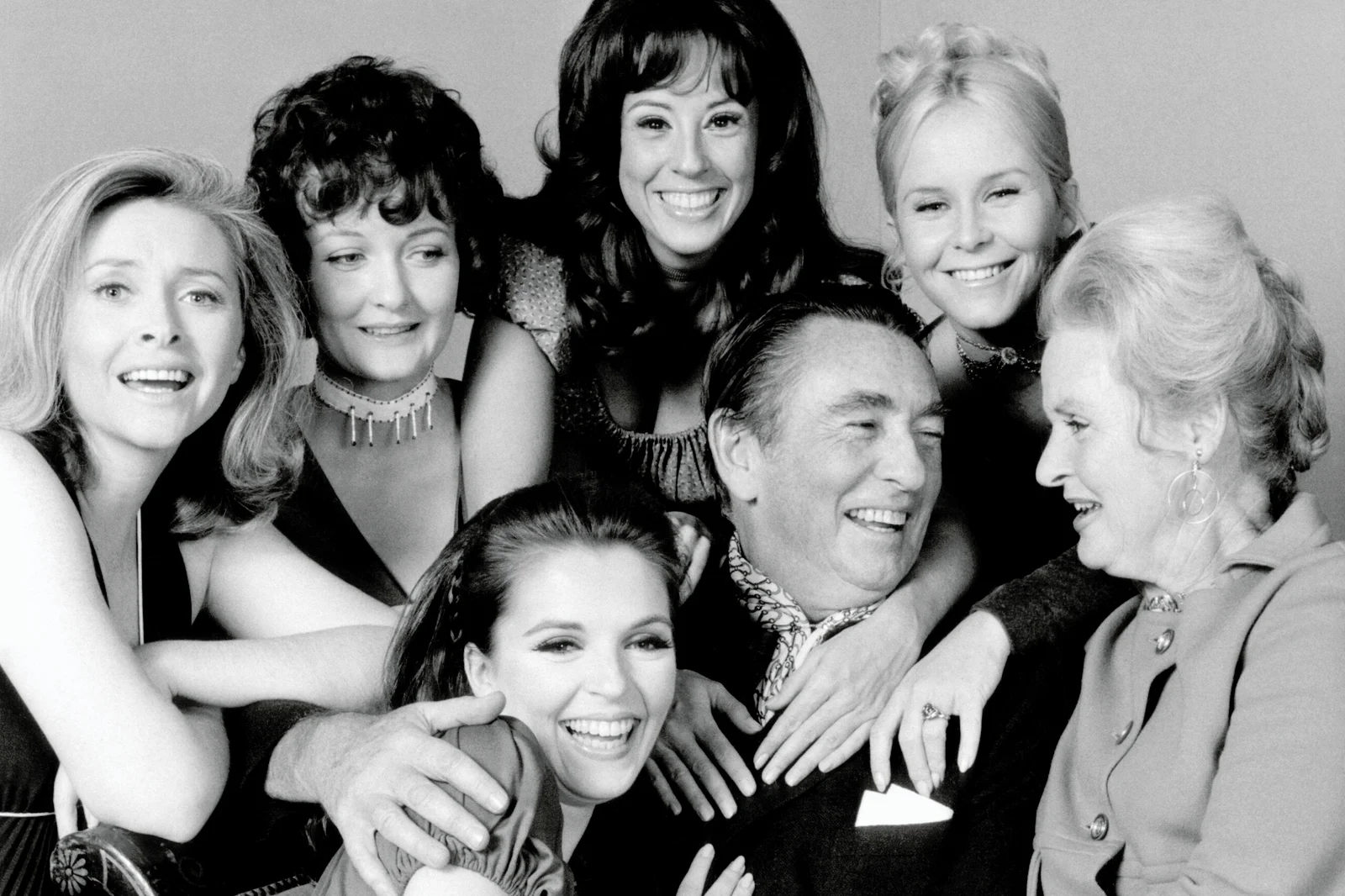
The adventures of the Horton and Brady families took viewers on an emotional rollercoaster that defied all logic and reason. Who could forget the infamous storyline where Dr. Marlena Evans was possessed by the devil himself in 1975, complete with levitation, speaking in tongues, and eyes that would glow an eerie yellow whenever Satan took control? The ratings skyrocketed as audiences tuned in to watch the normally composed psychiatrist transform into a vessel for pure evil, leaving Salem in a state of supernatural terror that had us clutching our pearls. According to TVInsider, the setting as fans know it can expect a bit of a change.
The show also introduced one of television’s most infamous villains, Stefano DiMera, whose seemingly endless resurrections from certain death had us questioning reality itself. Each time the Phoenix would rise from the ashes with an even more diabolical scheme, usually involving mind control, brainwashing, or elaborate disguises that somehow fooled even the closest family members. The sheer audacity of these plots had us rolling our eyes while simultaneously setting our VCRs to record the next episode, proving that when it comes to soap operas, the more preposterous the better!
2. General Hospital
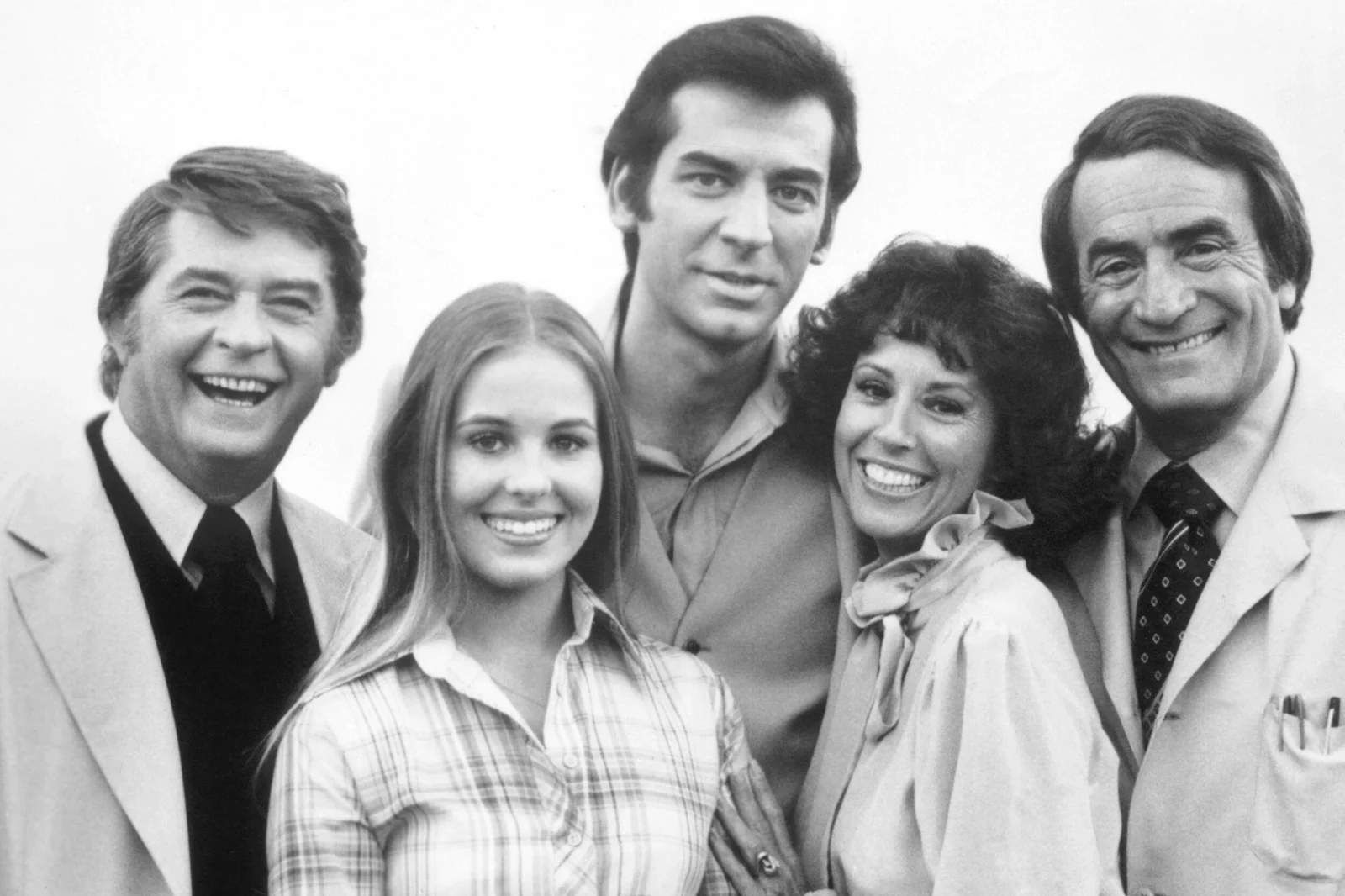
This medical drama took an unexpected turn when it introduced international espionage storylines featuring the dashing Robert Scorpio and the mysterious WSB (World Security Bureau). Suddenly our beloved Port Charles hospital became ground zero for cold war spies, secret agents, and globe-trotting adventures that seemed more aligned with James Bond than a daytime soap opera. The writers apparently decided that routine surgeries and hospital romances weren’t enough to keep viewers engaged, so why not add Russian sleeper agents and microfilm hidden in ordinary objects? Soap Opera Digest chronicles the historic, groundbreaking legacy of this show across the decades.
The infamous Ice Princess storyline of 1979 featured a priceless statue containing a formula for carbonic snow that could freeze the entire world, turning a simple hospital soap into a save-the-planet action thriller. Viewers watched in disbelief as Luke Spencer and Laura Webber found themselves at the center of this bizarre weather-controlling plot orchestrated by the nefarious Cassadine family, who had somehow acquired a weather machine. We should have been outraged at the absurdity, but instead, we were completely hooked, discussing each ridiculous development over coffee with friends the next morning as if these were perfectly reasonable plot developments for a show originally set in a hospital!
3. The Young and the Restless
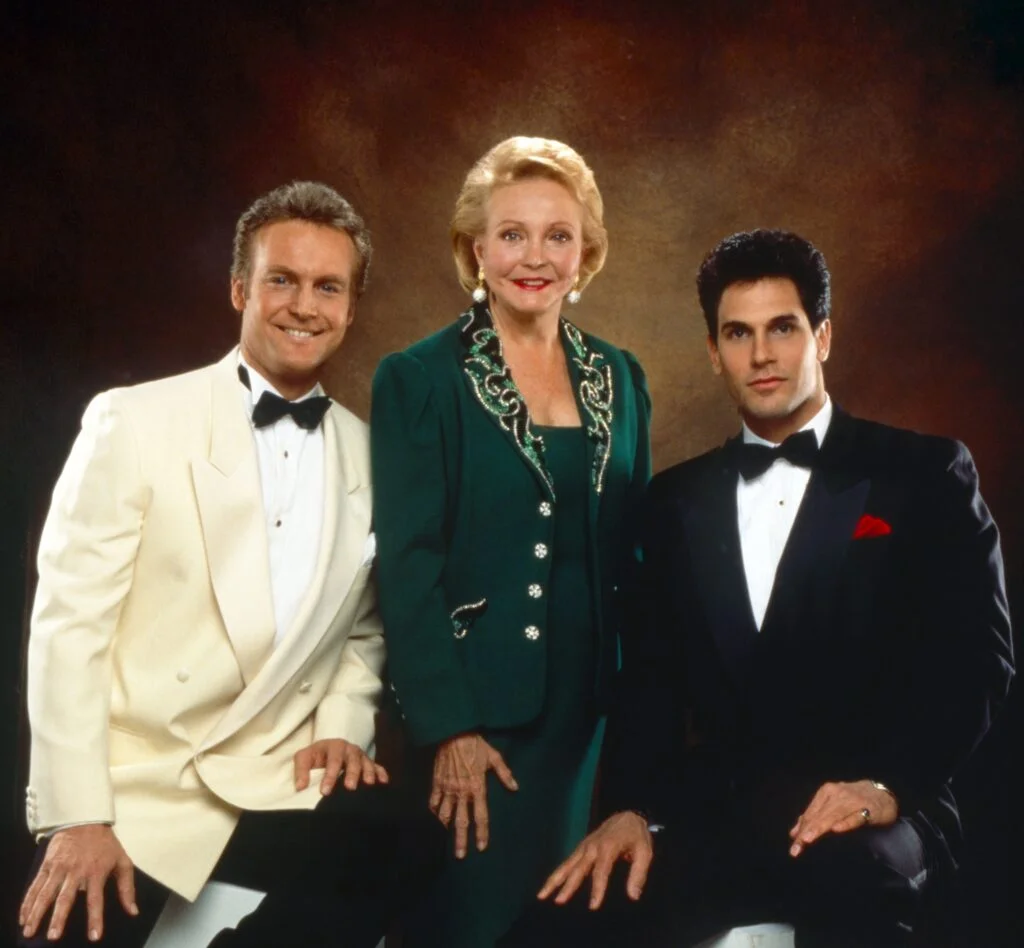
The warring Newman and Abbott families of Genoa City provided endless entertainment with their increasingly complex business takeovers and personal vendettas. Victor Newman, the mustached titan of industry played by Eric Braeden, became famous for his ruthless corporate maneuvers that would somehow always intertwine with deeply personal revenge plots against his numerous enemies. His rivalry with Jack Abbott escalated to such extremes that at one point, Victor imprisoned Jack’s lookalike in a Peruvian jail while the doppelgänger took over his life—a twist that had us simultaneously scratching our heads and eagerly tuning in the next day. The List includes this soap opera among other giants of the genre in a list of impressive soap opera legacies that still wow us.
The show took melodrama to new heights with Katherine Chancellor’s struggles with her doppelgänger Marge, who was hired by Katherine’s enemy to replace her and steal her fortune. What began as a relatively grounded soap about business rivalries and forbidden love morphed into a world where plastic surgery could transform anyone into an exact duplicate of someone else, memory loss was practically a seasonal occurrence, and coming back from the dead was merely a minor inconvenience. Yet somehow, these over-the-top scenarios were delivered with such conviction by the talented cast that we suspended our disbelief and simply embraced the chaos unfolding in our living rooms each afternoon!
4. All My Children
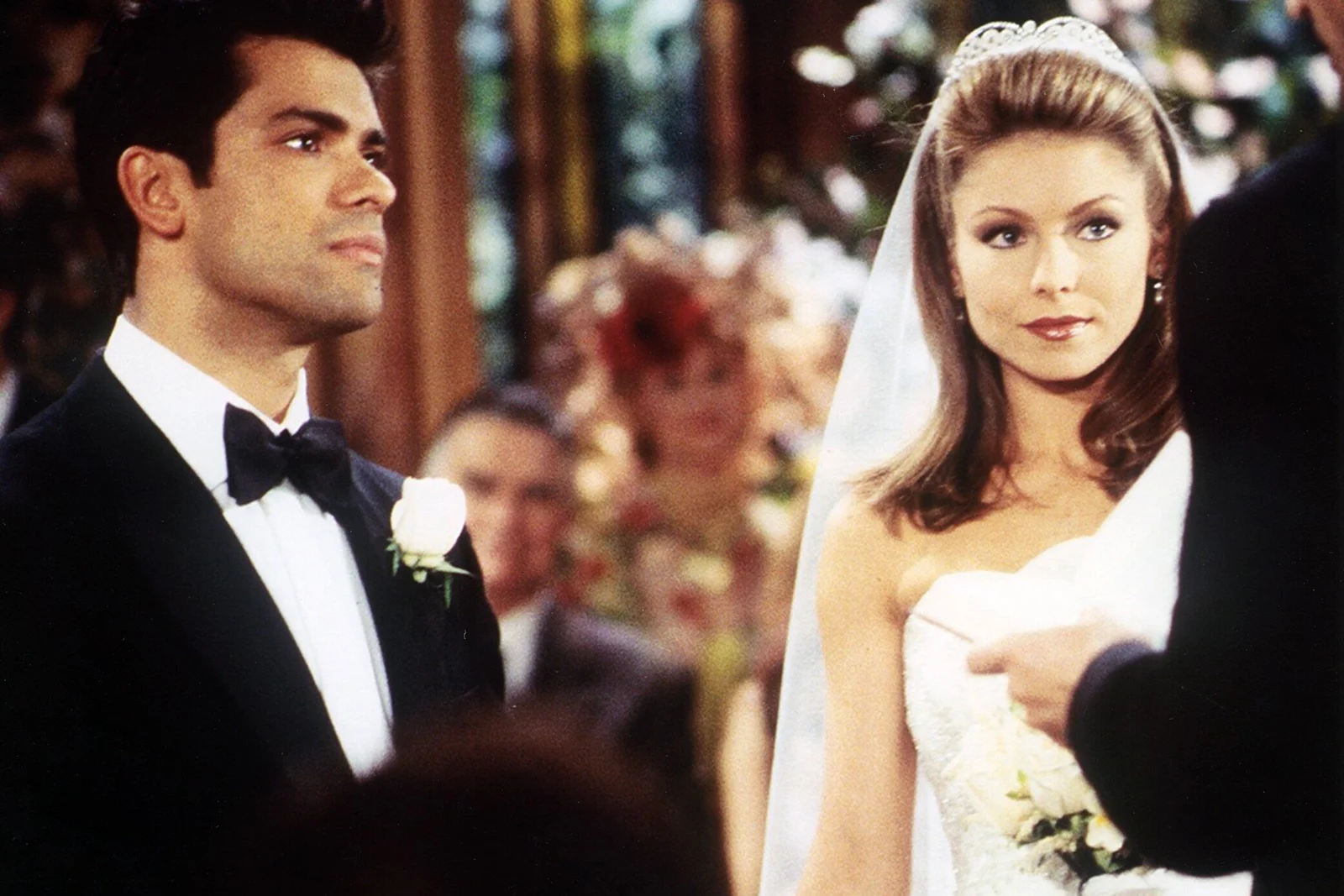
Pine Valley became the epicenter of scandal when Erica Kane, portrayed by the incomparable Susan Lucci, underwent television’s first legal abortion in 1973, a storyline that shook America to its core. The writers, not content with this already groundbreaking plot, later decided to retcon this entire storyline by revealing that the doctor had actually implanted the fetus into his own wife—creating a child that would later return to Pine Valley as an adult to confront Erica. This mind-boggling rewrite represented everything both wonderful and terrible about soap opera logic, where nothing, not even established medical science, could stand in the way of a juicy plot twist.
The show also gave us one of daytime television’s most infamous villains in Ray Gardner, whose reign of terror included horrific acts and a prison escape that kept viewers on the edge of their seats. The writers seemed to delight in pushing boundaries of what was acceptable on daytime television, introducing controversial topics from domestic abuse to addiction, all while maintaining increasingly convoluted family trees where practically everyone turned out to be related through some long-lost child or secret affair. Despite (or perhaps because of) these wild narrative choices, Pine Valley felt like a second home to millions of Americans who scheduled their days around not missing a single episode!
5. Another World
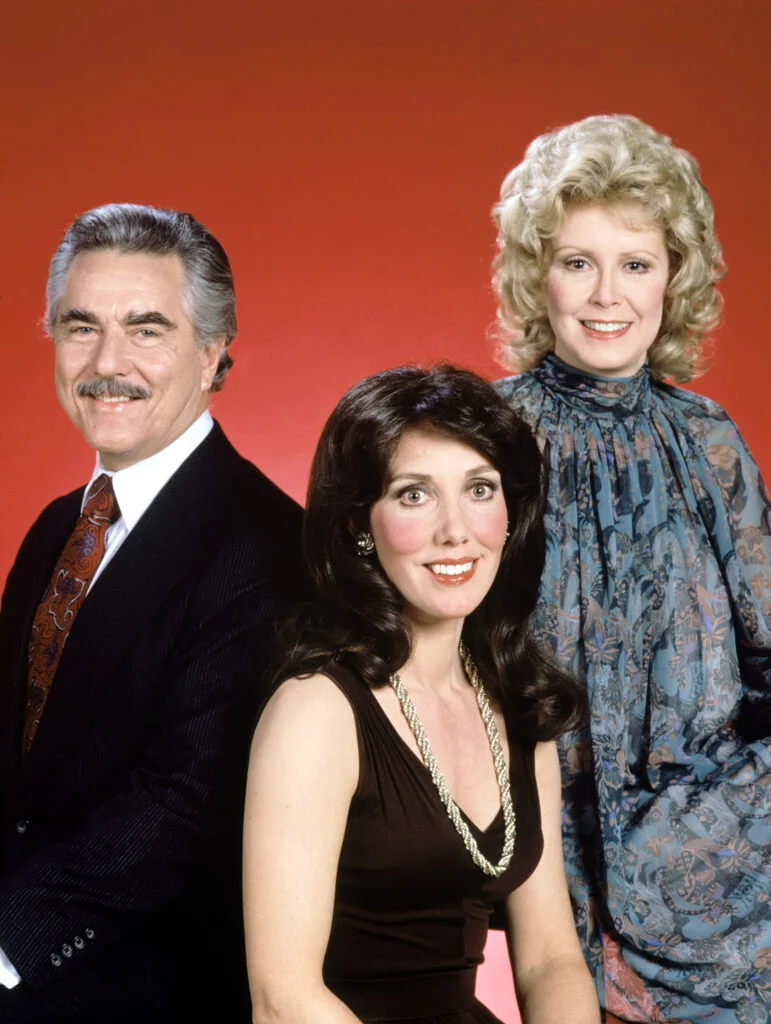
This beloved soap opera broke new ground in 1974 with the character of Pat Matthews, who developed multiple personalities including that of a troubled young woman named Tess. The show’s portrayal of dissociative identity disorder (then called multiple personality disorder) was groundbreaking for television, even if it wasn’t exactly medically accurate. Viewers were mesmerized as actress Beverly Penberthy seamlessly transformed between personalities, sometimes mid-scene, creating dramatic moments that had us gasping in our living rooms.
Another World also gave us the infamous Rachel Davis, a character who began as a scheming home-wrecker but evolved into one of daytime’s most complex leading ladies. Rachel’s early days featured some truly outrageous behavior, including manipulating her way into the wealthy Frame family by trapping Steven with a pregnancy, then later attempting to steal his brother’s fortune. The show’s writers never met a plot they couldn’t complicate, eventually creating family trees so tangled that viewers needed notebooks to keep track of who was related to whom, all while introducing supernatural elements like psychic visions that somehow seemed perfectly at home in the fictional Bay City!
6. The Edge of Night
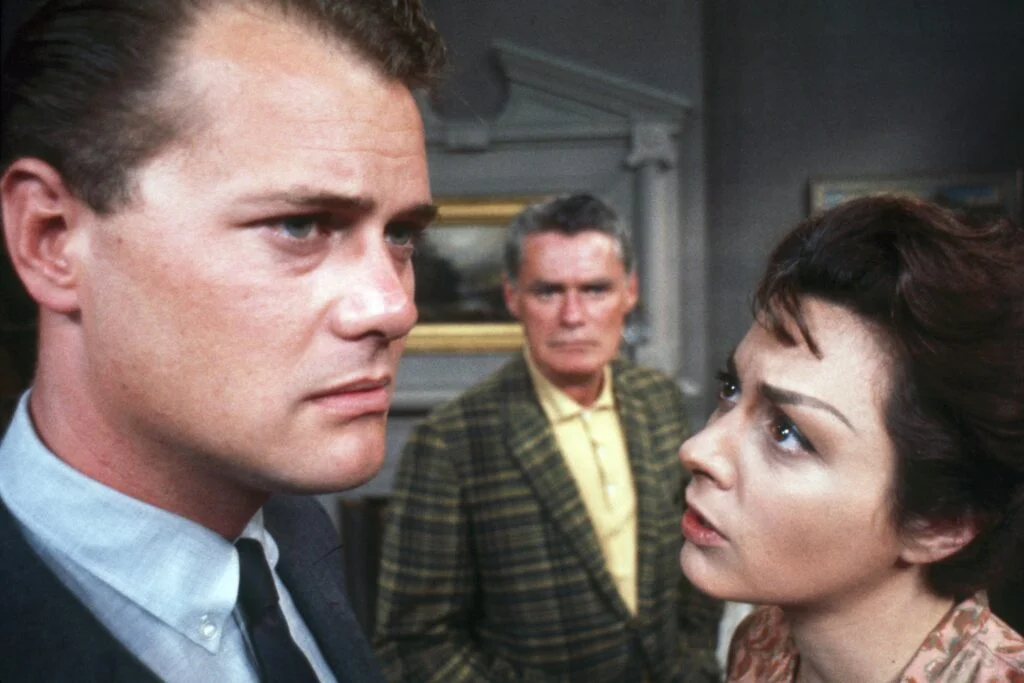
This soap opera started as a police procedural but quickly evolved into something far more bizarre, featuring gothic storylines about evil twins, elaborate murder mysteries, and supernatural occurrences. The infamous “Pyramid” storyline involved a secret criminal organization that infiltrated every aspect of Monticello society, with viewers discovering that characters they’d trusted for years were actually part of this nefarious group. We would discuss elaborate theories about who might be the next revealed Pyramid member, turning afternoon television into an interactive mystery game.
The show embraced the supernatural when character Serena Faraday appeared to have psychic abilities that helped solve crimes, blurring the line between crime drama and paranormal fiction. The writers seemed determined to keep viewers guessing with red herrings, fake deaths, and last-minute revelations that would change everything we thought we knew about beloved characters. Despite (or because of) its increasingly outlandish plots, The Edge of Night developed a devoted following that included more men than most other soaps—perhaps because its crime elements and courtroom dramas provided just enough “serious” content to justify our addiction to what was ultimately wonderful, escapist nonsense!
7. Search for Tomorrow
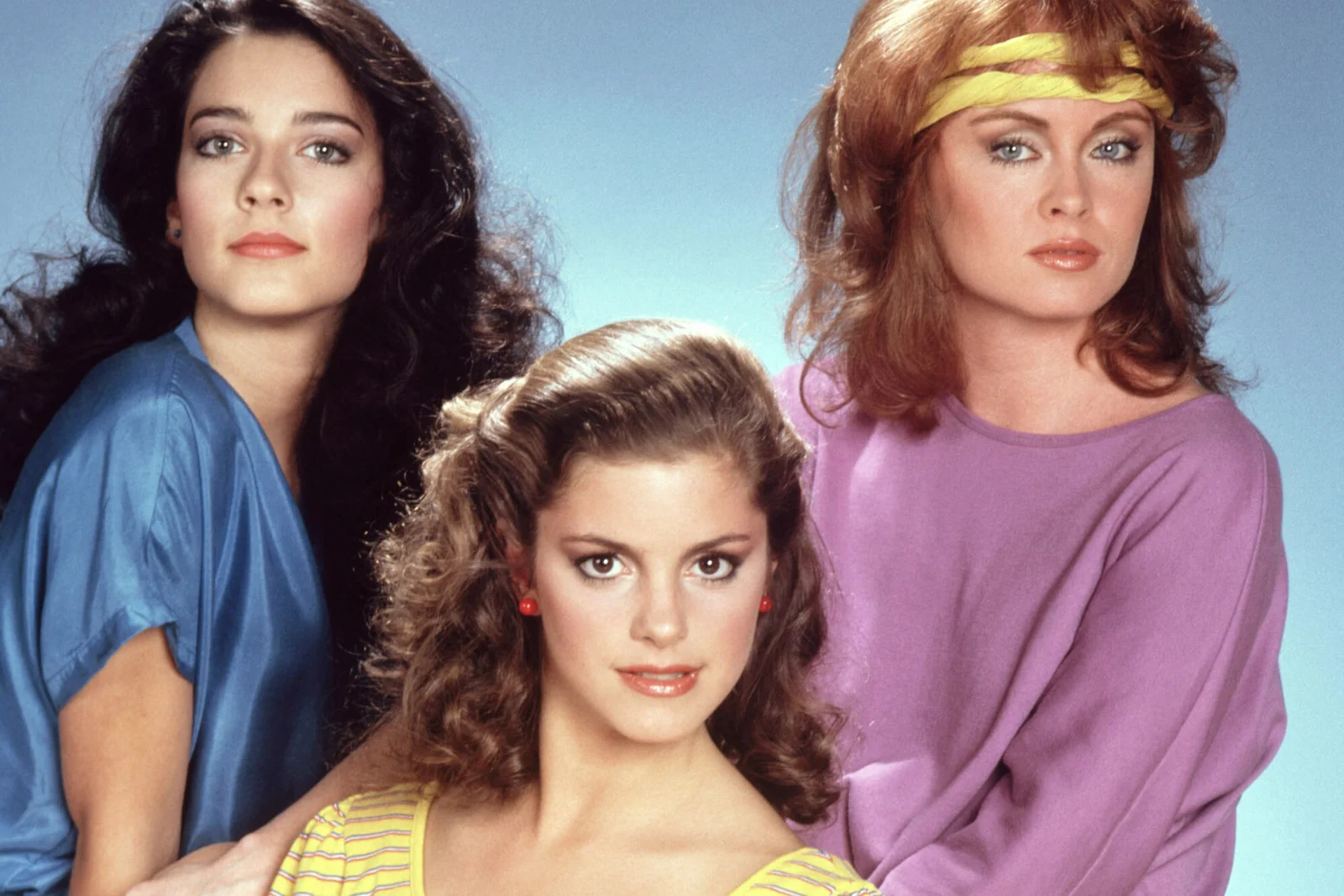
This long-running soap took a sharp turn from its domestic drama roots when it introduced a storyline where character Jo Gardner was kidnapped by a criminal organization and held on a deserted island. What began as a gentle exploration of small-town life in Henderson suddenly featured international crime syndicates, elaborate kidnapping plots, and villains with inexplicable grudges against the show’s wholesome protagonist. Viewers who had tuned in for years expecting community issues and relationship drama found themselves watching escape attempts and hostage situations that seemed borrowed from action films.
The show also featured one of the most infamous “back from the dead” storylines when character John Wyatt returned after being presumed dead in Vietnam, suffering from amnesia and unknowingly married to another woman. This trope became so common in Search for Tomorrow that audience members began joking that no character was ever truly gone, just temporarily off-screen until ratings needed a boost. Despite these increasingly far-fetched plots, the show maintained its emotional core through strong performances, particularly from Mary Stuart as Jo, who somehow made us believe she could survive being kidnapped, stranded, and imperiled more times than seemed humanly possible!
8. One Life to Live
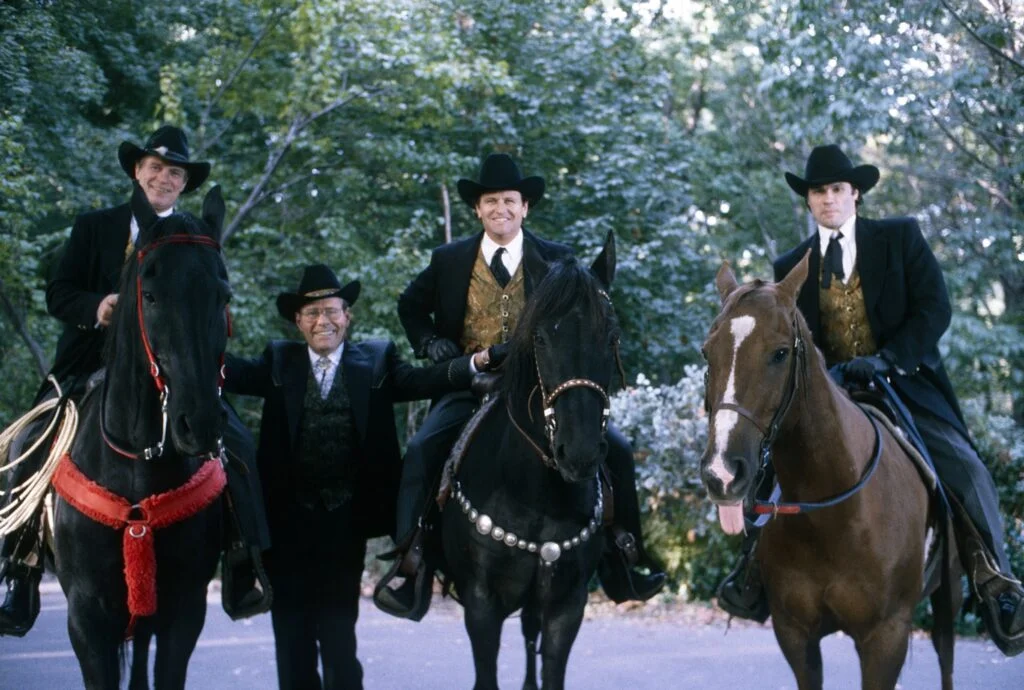
This groundbreaking soap introduced viewers to Victoria Lord and her alternate personality Niki Smith, creating one of television’s most memorable split-personality storylines decades before such psychological conditions were widely understood. Actress Erika Slezak masterfully portrayed both the dignified newspaper publisher Viki and her wild alter-ego Niki, who would emerge during times of stress to wreak havoc on Viki’s carefully constructed life. The contrast between proper Victoria and her uninhibited alter ego provided endless dramatic possibilities that the writers exploited to magnificent effect.
The show also gave us the western town of Eterna, an underground city complete with artificial sky that existed beneath Llanview, in a storyline so preposterous it achieved legendary status among soap fans. Viewers watched in amused disbelief as characters discovered this fully functioning subterranean civilization that somehow had been built in secret and then forgotten about, complete with its own population and dramatic problems. One Life to Live seemed determined to push the boundaries of plausibility with underground cities, time travel, and trips to heaven, yet somehow maintained enough emotional authenticity that we remained invested in the characters despite the increasingly outlandish scenarios they found themselves navigating!
9. Guiding Light
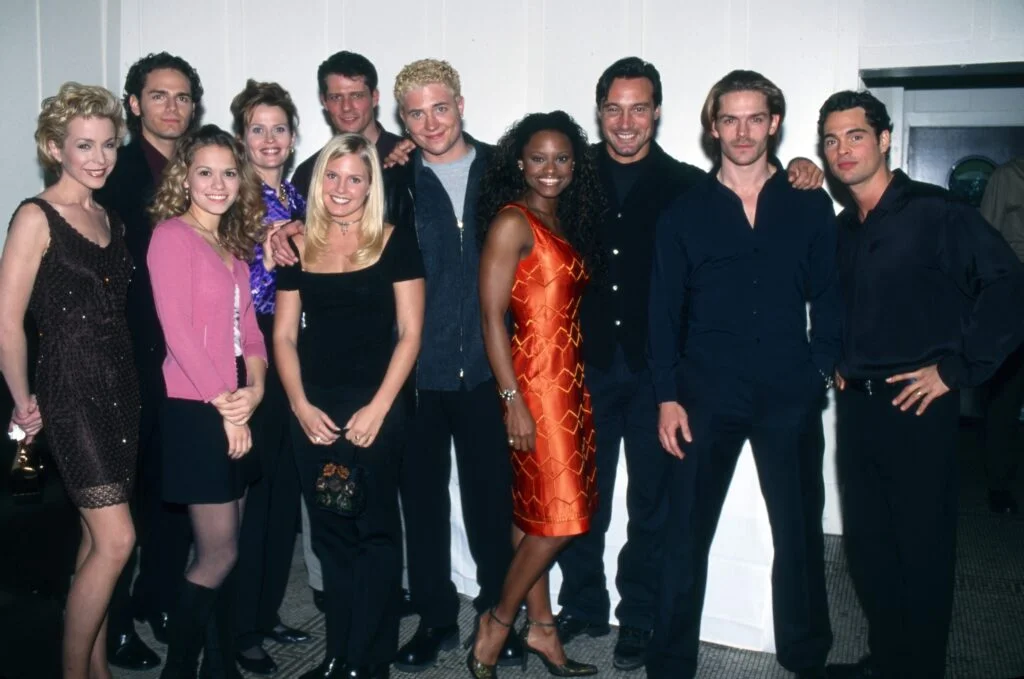
This venerable soap opera shocked viewers when it revealed that presumed-dead character Roger Thorpe had actually survived a fall from a cliff in Santo Domingo, later returning to Springfield with a new face courtesy of plastic surgery. The dashingly diabolical Roger, played by Michael Zaslow, became one of daytime’s most memorable villains, constantly plotting revenge against the Bauer family while engaging in increasingly complex schemes that defied both logic and the laws of probability. Viewers knew his plans were doomed to fail yet couldn’t help being impressed by their intricate nature.
The show also featured the infamous clone storyline where scientist Ross Marler created a perfect duplicate of his beloved wife Eleanor. This scientifically impossible plot demonstrated just how far soap writers were willing to go to inject new drama into established relationships, introducing concepts that belonged more in science fiction than in what had started as a simple radio drama about a minister and his community. Despite these forays into the utterly fantastic, Guiding Light maintained a loyal audience who accepted each bizarre twist as just another day in Springfield, proving that when you love a show enough, you’ll forgive even the most egregious violations of common sense!
10. Ryan’s Hope
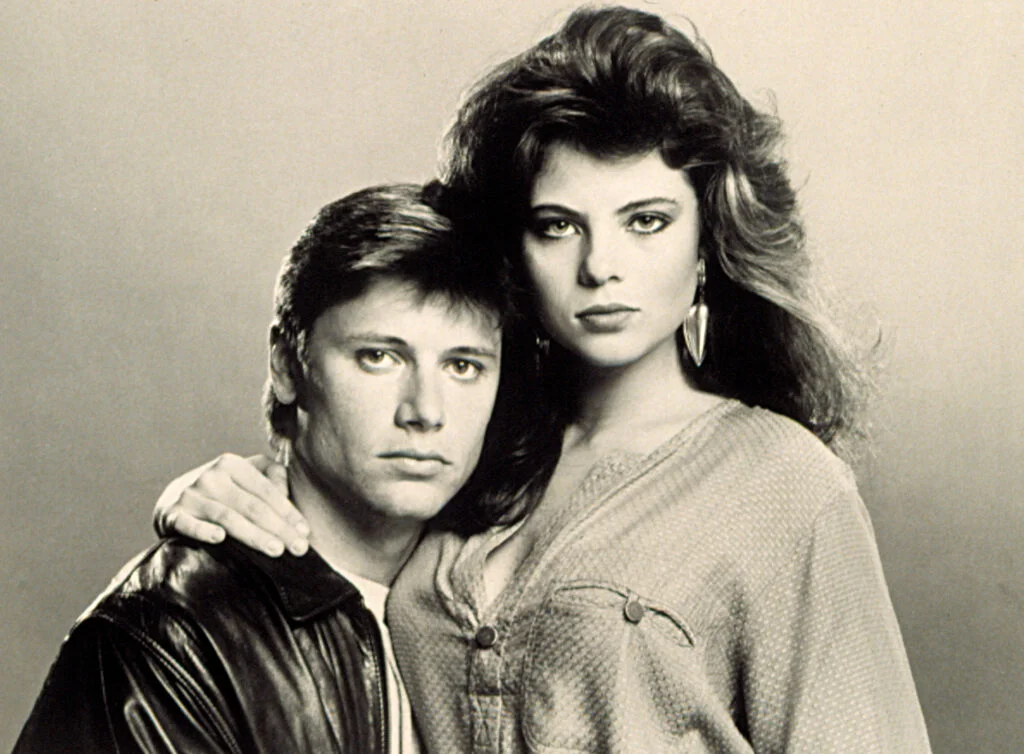
This soap opera about an Irish-American family running a bar in New York took an unexpected turn when it introduced a storyline involving the Mafia and elaborate revenge plots. What started as a relatively grounded show about the working-class Ryan family suddenly featured mob hits, undercover operations, and characters who would disappear into witness protection only to return years later with new identities. The writers seemed to realize that serving drinks and managing typical family disagreements wasn’t quite dramatic enough, so why not add organized crime to the mix?
The show also featured Delia Reid, one of daytime’s most manipulative characters, whose schemes grew increasingly elaborate as the show progressed. Delia’s machinations included faking injuries, pretending to lose her memory, and orchestrating “accidents” to gain sympathy, all delivered with such conviction by actress Ilene Kristen that viewers developed a love-hate relationship with the character. Ryan’s Hope maintained a sense of authenticity through its focus on Irish-American culture and working-class issues, which somehow made the increasingly outlandish plot developments seem more grounded than they would have on other shows—a testament to the strength of the foundation the writers had built!
11. Love of Life
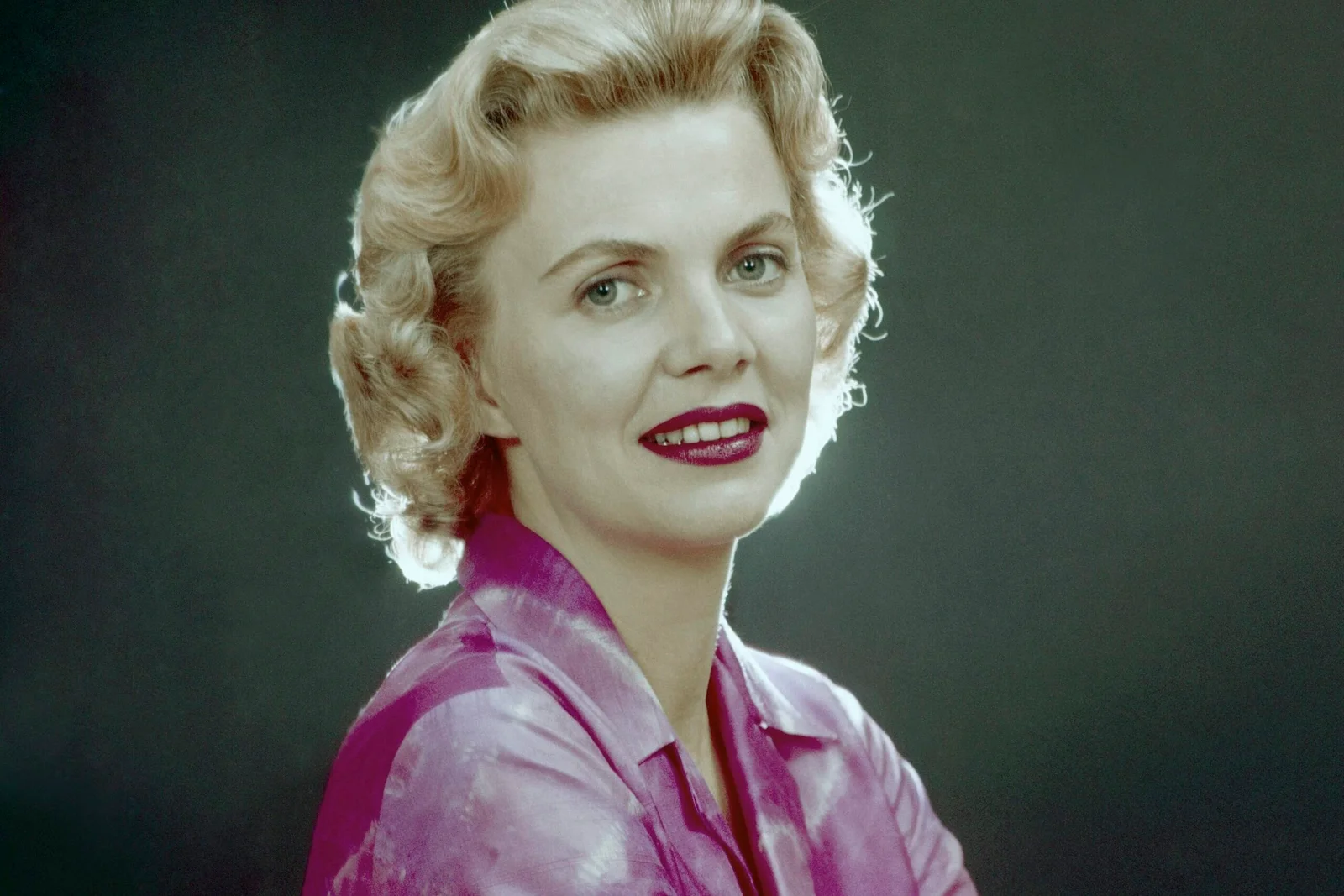
This soap opera featured one of the most memorable villains in Meg Dale, whose schemes and manipulations reached new heights of audacity with each passing year. The character began as a typical soap opera troublemaker but evolved into a mastermind capable of framing innocent people for crimes, tampering with paternity tests, and orchestrating “accidents” for anyone who stood in her way. Meg’s reign of terror kept viewers tuning in day after day, hoping to finally see her get her comeuppance while secretly admiring her diabolical creativity.
The show also introduced a storyline where character Vanessa Sterling was presumed dead in a boating accident, only to return years later having survived on a desert island with amnesia. This plot combined multiple soap clichés into one gloriously over-the-top narrative that had viewers simultaneously rolling their eyes and updating their viewing schedules to ensure they wouldn’t miss a single episode. Despite these increasingly far-fetched scenarios, Love of Life maintained a loyal following who appreciated the show’s willingness to embrace the absurd while still delivering the emotional family drama that formed the heart of the series!
12. Somerset
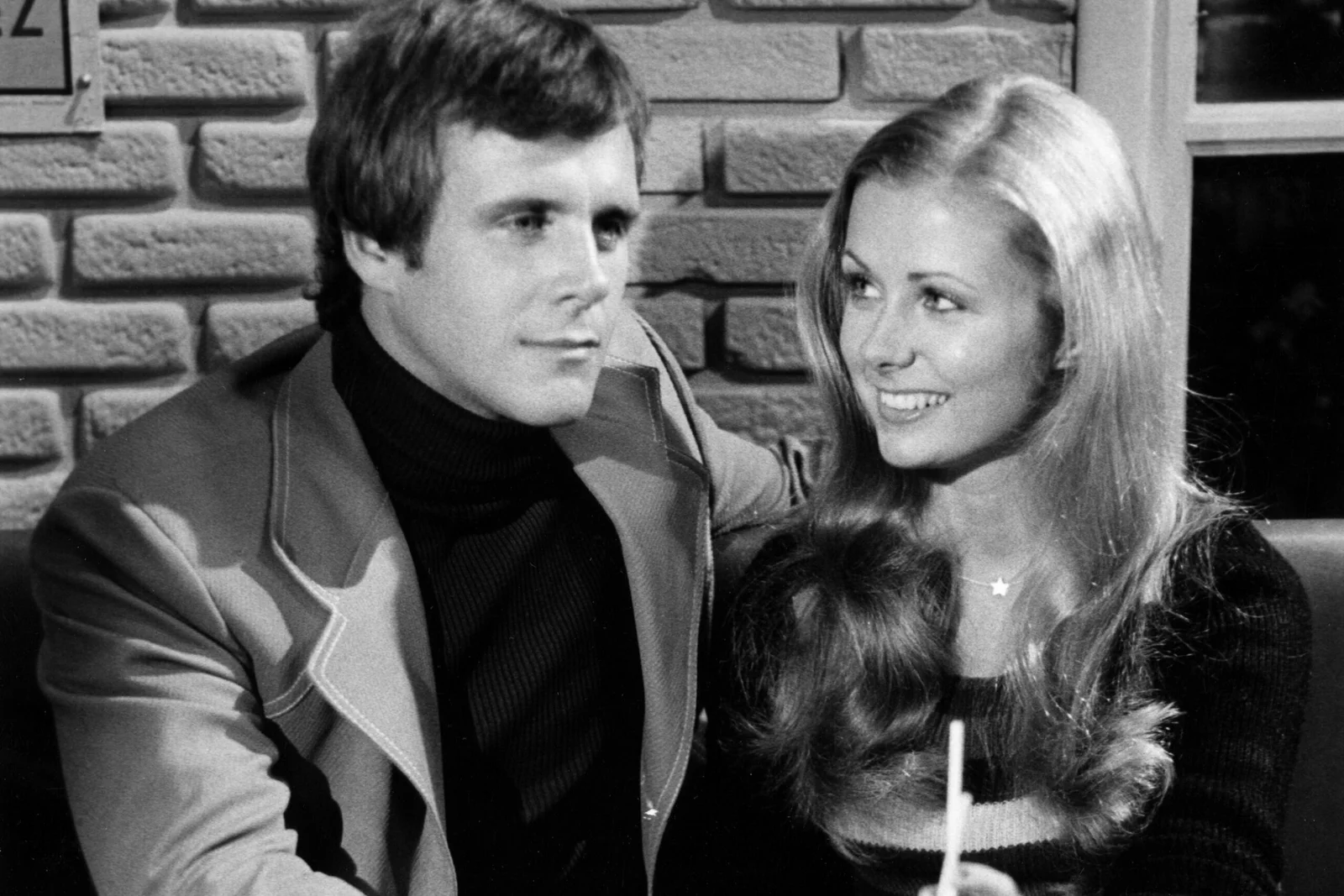
This Dark Shadows-inspired spin-off of Another World leaned heavily into gothic elements, featuring storylines about curses, haunted houses, and mysterious deaths that seemed more suited to primetime horror than daytime drama. The fictional town of Somerset became home to increasingly bizarre occurrences, including a storyline where character Jasper Brooks appeared to be practicing black magic, complete with voodoo dolls and mysterious chanting. Viewers who had tuned in expecting typical soap opera fare found themselves watching what amounted to a supernatural thriller unfolding in daily 30-minute increments.
The show also featured an elaborate murder mystery involving the Delaney family that spanned months and included red herrings, false confessions, and last-minute revelations that changed everything we thought we knew. The writers seemed determined to keep viewers guessing with twists that defied logic but made for incredibly compelling television, turning afternoon soap watching into an interactive whodunit that had families debating theories over dinner. Somerset never achieved the ratings success of its parent show but developed a cult following precisely because of these outlandish gothic elements, proving that sometimes the most memorable television comes from writers willing to throw caution (and plausibility) to the wind!
Those magical days of implausible plots, evil twins, and characters returning from certain death created a shared cultural experience that united us in wonderful, collective disbelief. While today’s television landscape offers polished production values and sophisticated storytelling, there’s something special about those gloriously unhinged ’70s soap operas that modern shows simply can’t replicate—a perfect blend of earnest performance, outrageous writing, and the comforting knowledge that no matter how bizarre things got today, tomorrow’s episode would somehow find a way to be even more delightfully absurd.



